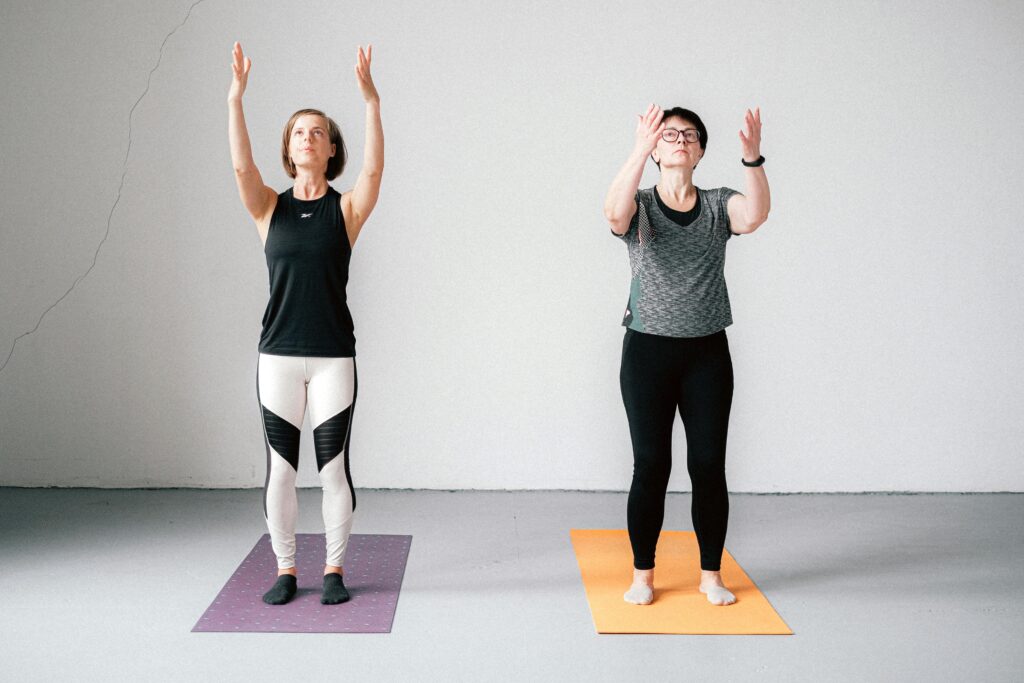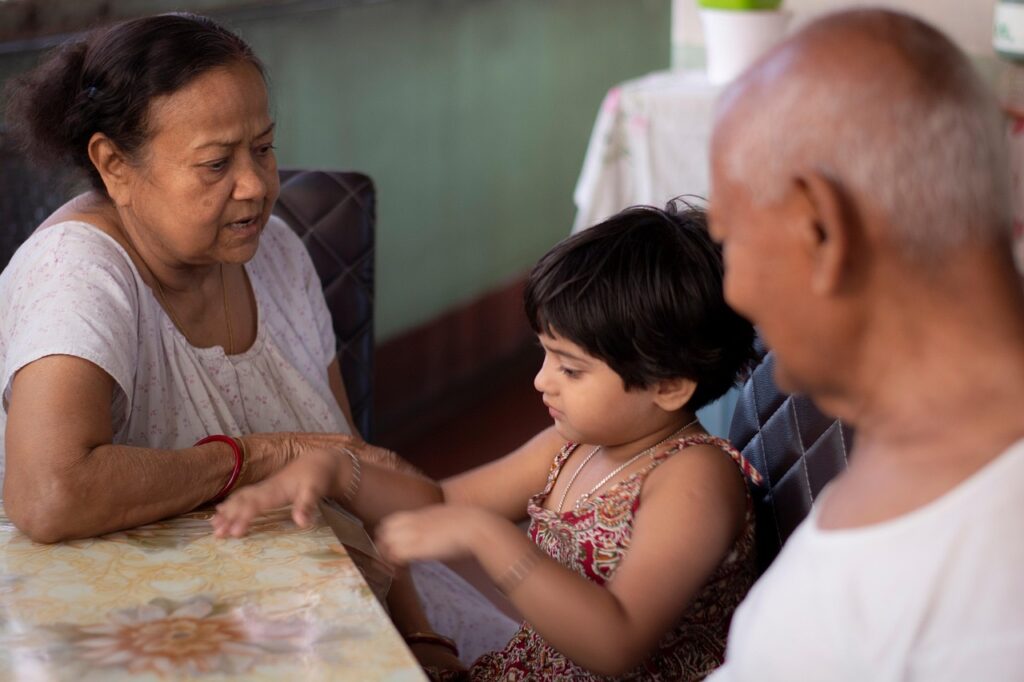Introduction
Caring for a loved one—whether it’s an aging parent, a child with special needs, or a partner with chronic illness—can be deeply rewarding and profoundly demanding. Mindfulness for caregivers offers a way to stay present, replenish your emotional reserves, and prevent burnout. Yet, ironically, focusing too much on your own thoughts and feelings can sometimes magnify guilt or anxiety. In this post, we’ll explore both the uplifting and challenging aspects of introducing mindfulness into caregiving, offer practical techniques you can use between appointments or during brief moments of downtime, share real-life stories, and answer your top questions. By the end, you’ll have a toolkit to help you continue giving compassionate care—without losing yourself in the process.
1. Why Mindfulness for Caregivers Matters

- Emotional Resilience: When you notice stress signals in your body (tight shoulders, shallow breathing), you can pause before reacting, reducing emotional outbursts and compassion fatigue.
- Enhanced Presence: Mindfulness trains you to give full attention to your loved one’s needs—whether it’s holding a hand during physical therapy or listening attentively to their concerns.
- Stress Reduction: Regular practice lowers cortisol levels, improving sleep, mood, and overall health—vital when caregiving often means long days and irregular hours.
Positive Aspect: You feel more grounded, empathetic, and capable of meeting caregiving challenges.
Negative Aspect: Heightened self-awareness can spotlight every slip-up—magnifying guilt (“I wasn’t patient enough,” “I forgot a medication”) rather than easing it.
2. The Positive Impact: Compassion and Resilience
Deepened Connection

- Example: When Priyanka, who cares for her father with dementia, paused each morning to sit mindfully for three minutes, she found herself listening more patiently and responding with gentler tones—improving their daily interactions.
Greater Emotional Balance
- Example: Raj, a full-time caregiver for his sister after a car accident, used mindful breathing during stressful doctor visits. Over time, he noticed fewer panic attacks and more clarity in decision-making.
Improved Physical Well-Being
- Short mindfulness practices—like a two-minute body scan—release muscle tension from hours spent lifting or assisting, reducing aches and preventing injury.
You can also read article about mindfulness for teachers.
3. The Negative Side: Emotional Overload and Guilt

- Noticing frustration or sadness can trigger guilt: “Why am I feeling annoyed? I should be grateful for the opportunity to care.”
Overthinking and Worry
- Mindfulness can sometimes lead to rumination—dwelling on what could go wrong with your loved one’s health, rather than providing relief.
Time Pressure
- Long meditation sessions may feel impossible when you need to administer medications, prepare meals, or drive to appointments.
Real-Life Slip-Up: Meena tried a 20-minute guided meditation on her lunch break—but missed her elderly mother’s medication time and felt guilty, abandoning mindfulness altogether.
Key Insight: Mindfulness for caregivers must be brief, flexible, and forgiving—focused on small moments rather than long retreats.
4. Practical Mindfulness Techniques for Caregivers
4.1 The “Pause & Breathe” Check-In (30 Seconds)
- How to Do It: Stop wherever you are—at the bedside, in the kitchen, or before a doctor’s visit—place one hand on your chest, take three slow breaths, and notice any tension.
4.2 Micro Body Scan (1–2 Minutes)
- How to Do It: While your loved one is resting or watching TV, close your eyes and mentally scan from head to toe—release jaw tightness, soften shoulders, loosen your grip.
4.3 Mindful Listening
- How to Do It: When your loved one speaks, give them your full attention—set aside your phone, make eye contact, and repeat key points to ensure understanding.
4.4 Walking Meditation Around the Block
- How to Do It: If you have a 5-minute break, step outside. With each step, notice the sensation of your feet on the ground, the breeze on your skin, and the sounds around you.
4.5 Gratitude Pause (1 Minute)
- How to Do It: At the end of each caregiving task, silently name one positive moment—“I’m grateful I helped Dad eat his breakfast”—to counterbalance stress.
You can also read article about Mindfulness while travelling.
5. Integrating Mindfulness into Caregiving Routines

- Anchor to Daily Tasks: Tie micro-practices to routine moments—after giving medication, before driving home, or while waiting for the microwave.
- Use Reminders: Place sticky notes with the word “Pause” on the fridge or near the medication box.
- Buddy Support: Connect with another caregiver to exchange daily “mindful moment” check-ins via text or phone.
- Flexible Scheduling: If you miss a micro-practice, skip self-judgment—simply do it at the next natural pause.
6. Real-Life Stories of Caregiver Mindfulness
- Ankit’s Transformation: After years of feeling overwhelmed, Ankit introduced a bedtime ritual: two minutes of mindful stretching and breathing. He reports fewer headaches and more restful sleep, enabling him to approach each day with renewed patience.
- Leena’s Breakthrough: A schoolteacher by training, Leena used mindful coloring pages during her lunch break when caring for her special-needs grandson. This creative pause improved her mood and gave her a fresh perspective on challenging behaviors.
Q&A Section
- Q: How long should my mindfulness sessions be as a caregiver?
A: Even 30 seconds of focused breathing can help. Aim for multiple micro-practices rather than one long session. - Q: What if I feel more stressed after a practice?
A: That initial spike is common—observing difficult emotions is part of the process. Pair micro-practices with peer support or journaling to process intensity. - Q: Can mindfulness help with physical exhaustion?
A: Yes—body scans and mindful stretching release muscle tension built up from lifting or transferring patients. - Q: What if I can’t find a private spot?
A: Mindfulness can be done anywhere—focus on breath or sensations even in shared rooms. Short, unobtrusive practices work best. - Q: How do I stay consistent?
A: Attach practices to caregiving cues (e.g., after giving medication) and use reminders. Be gentle with yourself when routines shift.
FAQ Section
- What equipment do I need?
Nothing—just your attention. A timer or app is optional. - Can caregivers meditate with their loved ones?
Absolutely—if they’re able, shared breathing or gentle stretches can strengthen bonds. - Will mindfulness take time away from caregiving?
Micro-practices are so brief they rarely interfere—and can improve your effectiveness. - How quickly will I notice benefits?
Some relief can appear after the first micro-practice; deeper shifts often emerge over weeks. - Is professional training necessary?
No—basic self-guided practices help. Workshops or caregiver support groups can offer further guidance.
Friendly Closing Message
Caring for someone else is a profound act of love—and mindfulness for caregivers isn’t an extra chore; it’s a way to sustain your compassion and protect your well-being. By weaving brief, flexible practices into daily routines—stopping for a breath, scanning your body, or stepping outside for a mindful walk—you’ll cultivate resilience, clarity, and moments of calm. Start tiny: pick one technique above, try it during your next caregiving task, and notice the difference. Remember, every mindful pause is a gift to yourself and to those you care for. You deserve care, too—one breath at a time.
If you want to clearly practice mindfulness, Then, click here.

Pingback: Mindful Leadership: How It Elevates Team Performance (Yet Sometimes Feels Like Extra Overhead) - Calm Within Minutes
Pingback: Mindfulness for Software Developers: How It Speeds Up Your Code (Yet Sometimes Interrupts Flow) - Calm Within Minutes
Pingback: Mindful Self-Compassion for Caregivers: How Small Acts of Kindness to Yourself Prevent Burnout - Calm Within Minutes
Pingback: Mindful Sleep Strategies for Caregivers: Rest Better So You Can Care Better - Calm Within Minutes
Pingback: Mindful Boundaries for Caregivers: Protect Your Energy Without Losing Heart - Calm Within Minutes
Pingback: Quick Mindfulness Practices for Busy Caregivers: 1–5 Minute Resets That Actually Work - Calm Within Minutes